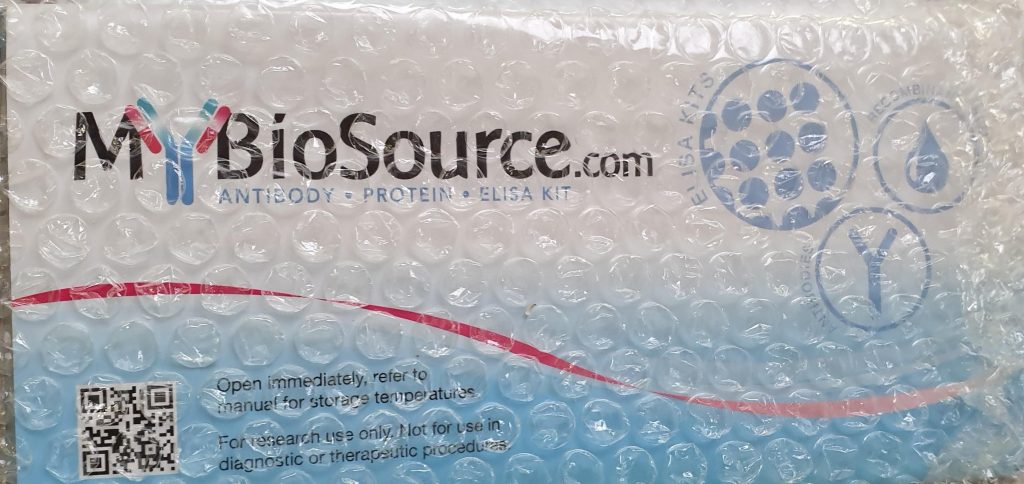Atomically precise, ligand-protected metal nanoclusters are of great interest for their well-defined structures, intriguing physicochemical properties, and potential applications in catalysis, biology, and nanotechnology.
Their structure precision provides many opportunities to correlate their geometries, stability, electronic properties, and catalytic activities by closely integrating theory and experiment. In this Account, we highlight recent theoretical advances from our efforts to understand the metal-ligand interfaces, the energy landscape, the electronic structure and optical absorption, and the catalytic applications of atomically precise metal nanoclusters.
We mainly focus on gold nanoclusters. The bonding motifs and energetics at the gold-ligand interfaces are two main interests from a computational perspective. For the gold-thiolate interface, the -RS-Au-SR- staple motif is not always preferred; in fact, the bridging motif (-SR-) is preferred at the more open facets such as Au(100) and Au(110). This finding helps understand the diversity of the gold-thiolate motifs for different core geometries and sizes.
A great similarity is demonstrated between gold-thiolate and gold-alkynyl interfaces, regarding formation of the staple-type motifs with PhC≡C- as an example. In addition, N-heterocyclic carbenes (NHCs) without bulky groups also form the staple-type motif. Alkynyls and bulky NHCs have the strongest binding with the gold surface from comparing 27 ligands of six types, suggesting a potential to synthesize NHC-protected gold clusters.
The energy landscape of nanosystems is usually complex, but experimental progress in synthesizing clusters of the same Au-S composition with different R groups and isomers of the same Au n(SR) m formula have made detailed theoretical analyses of energetic contributions possible. Ligand-ligand interactions turn out to play an important role in the cluster stability, while metastable isomers can be obtained via kinetic control.
Although the superatom-complex theory is the starting point to understand the electronic structure of atomically precise gold clusters, other factors also greatly affect the orbital levels that manifest themselves in the experimental optical absorption spectra. For example, spin-orbit coupling needs to be included to reproduce the splitting of the HOMO-LUMO transition observed experimentally for Au25(SR)18-, the poster child of the family.
In addition, doping can lead to structural changes and charge states that do not follow the superatomic electron count. Atomically precise metal nanoclusters are an ideal system for understanding nanocatalysis due to their well-defined structures. Active sites and catalytic mechanisms are explored for selective hydrogenation and hydrogen evolution on thiolate-protected gold nanoclusters with and without dopants.
Product not found
The behavior of H in nanogold is analyzed in detail, and the most promising site to attract H is found to be coordinately unsaturated Au atoms. Many insights have been gained from first-principles studies of atomically precise, ligand-protected gold nanoclusters. Interesting and important questions remaining to be addressed are pointed out in the end.
